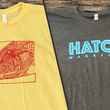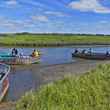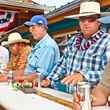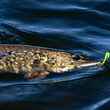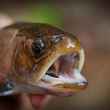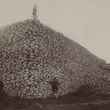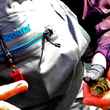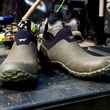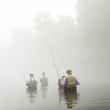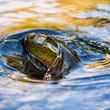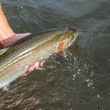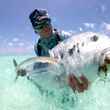Most of us still learn how to fly fish through old-fashioned trial-and-error. If a technique works consistently, we continue to employ it. If it doesn’t, we either attempt to tweak it or give up on it completely and move on to something new. And there are no shortage of virtues that arise from being self-taught. Hard-earned skills and experience are often the most valuable, and experimentation on the water is the stuff well-rounded anglers are borne of.
Live Q&A: Becoming a well-rounded fly angler
by Hatch Magazine - Wednesday, Mar 29th, 2023



